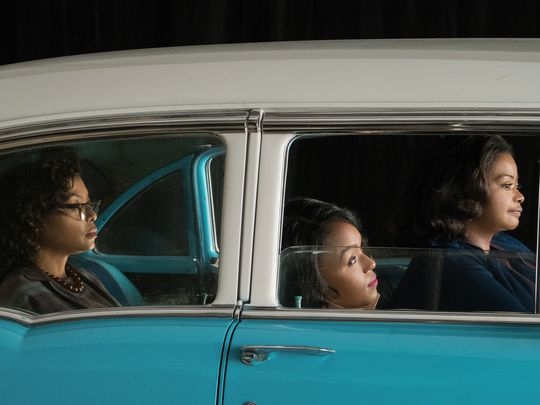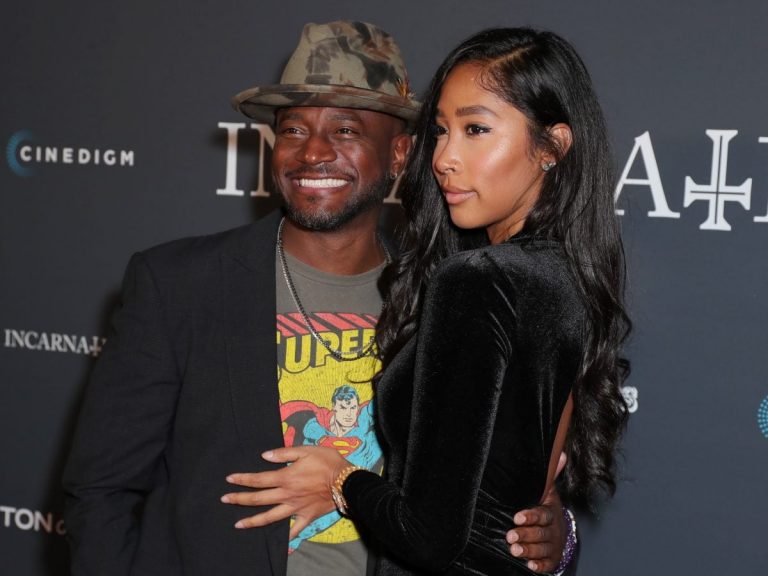
ATLANTA — The three talented mathematicians at the heart of the historical drama Hidden Figures helped take America into space. Their carpool cruise home in a 1957 Chevrolet after work, however, was their time to vent about not going anywhere in their jobs.
Filming a scene for the movie (in theaters Christmas Day in 14 cities, including New York, Los Angeles, Atlanta, Chicago and Washington; expands nationwide Jan. 6) in an old ice cream warehouse on a warm April day, Taraji P. Henson is seated in the back as Katherine G. Johnson, the woman whose calculations would ultimately help John Glenn orbit Earth. Yet Katherine’s first day working with NASA scientists in 1961 hasn’t gone so well.
Her colleagues are similarly irked: Octavia Spencer’s Dorothy Vaughan is angry that she leads the “colored computers” — a group of black women crunching numbers every day — but doesn’t get a supervisor’s pay, and Janelle Monáe’s Mary Jackson isn’t having any luck in her dream of becoming an engineer.
“Truth be told, Dorothy, I don’t even know if I can keep up in that room,” Henson says, giving Katherine’s tone a worrisome edge. “I’ll be back with the computers within the week or out of a job entirely.”
“Oh, please,” Spencer responds. “You’re better with the numbers than anyone in that room, Katherine, and you know it. Just make that pencil move as fast as your mind does, you’ll be fine.”
That mind would be key to America staying competitive with the Russians in the 1960s space race, though Hidden Figures (based on the Margot Lee Shetterly book) explores the obstacles facing the country as well as the three main characters — not only racial but also gender inequality, involving white men in a workplace who didn’t know what to make of a black woman being the smartest person in the room. The movie pairs a strong female-empowerment message with heady themes and feel-good vibes.
For the complete story, visit USAToday.com/Life/Movies.




